The 10th Conference of the Parties (COP10) to the WHO Framework Convention on Tobacco Control (FCTC) took place in February 2024 in Panama
The WHO Framework Convention on Tobacco Control (FCTC) plays a pivotal role in the global fight against tobacco use. As the world’s first international treaty dedicated to public health, it provides a comprehensive framework for countries to implement effective tobacco control measures. In 2005, the WHO Framework Convention on Tobacco Control (FCTC) entered into force, becoming a legally binding treaty that has now been joined by more than 180 countries. Parties to the FCTC meet every two years at the Conference of the Parties (COP). While the conference served as a platform to celebrate progress made since the FCTC’s inception in 2005, it also highlighted ongoing challenges and charted a course for future action. Representatives from 142 Parties gathered in Panama between the 5–10 February to tackle a range of tobacco control issues, leading to the adoption of a series of Key Decisions and recommendations. JATC2 was there, with a key booth and here brings forward some of the key news and hot topics discussed at COP10.
Addressing the Environmental Impact of Tobacco
A landmark decision was made at COP10 to urge Parties to address the environmental impact of the tobacco industry. Tobacco production, consumption, and waste disposal contribute significantly to environmental degradation.
The Environmental Footprint of Tobacco: The tobacco industry is responsible for deforestation, water pollution, air pollution, and soil contamination. It also generates a significant amount of waste, including cigarette butts, which are the most littered item globally. Globally, some 200 000 hectares of land are cleared every year for tobacco cultivation. The decision also addresses the issue of cigarette filters. An estimated 4.5 trillion cigarette butts are thrown away annually worldwide,

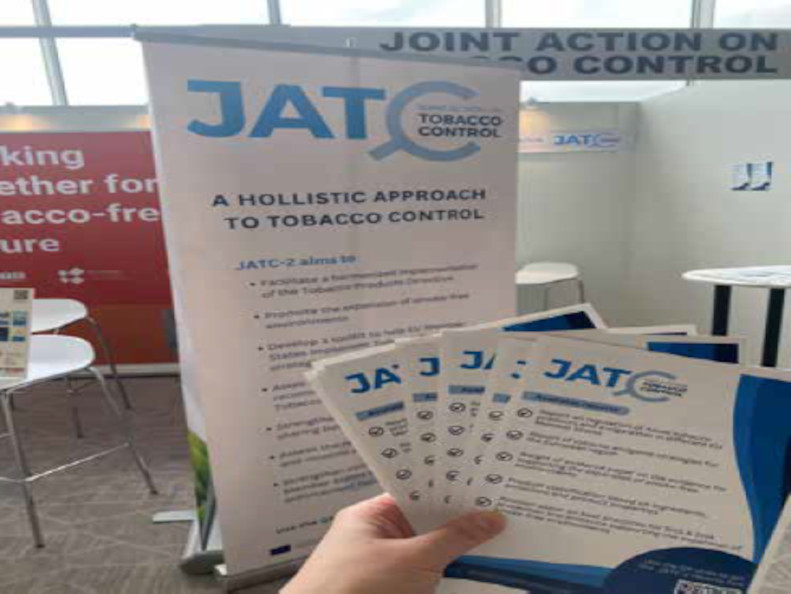
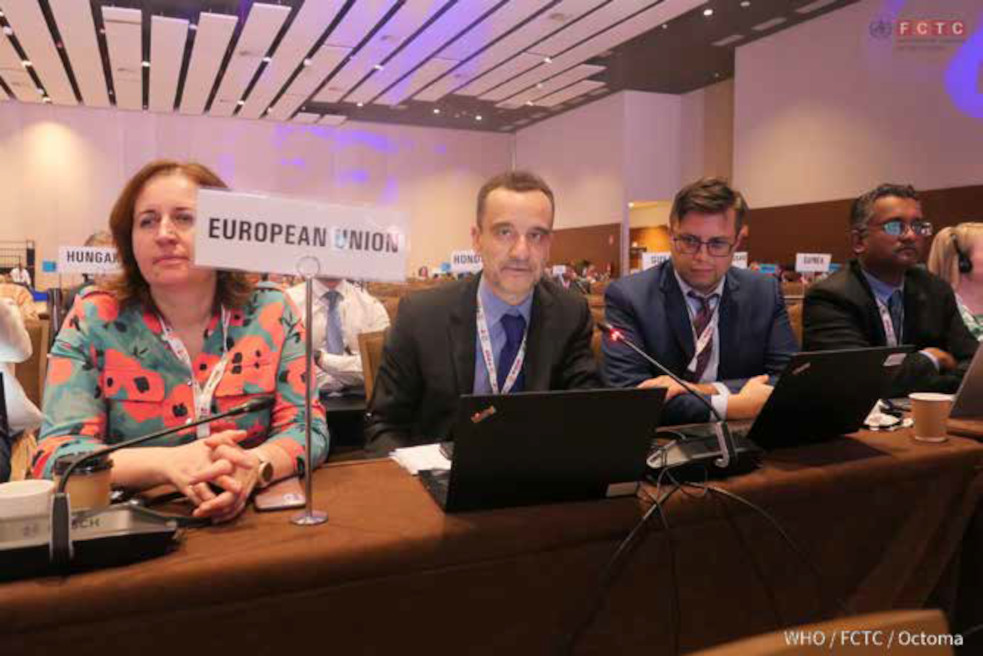
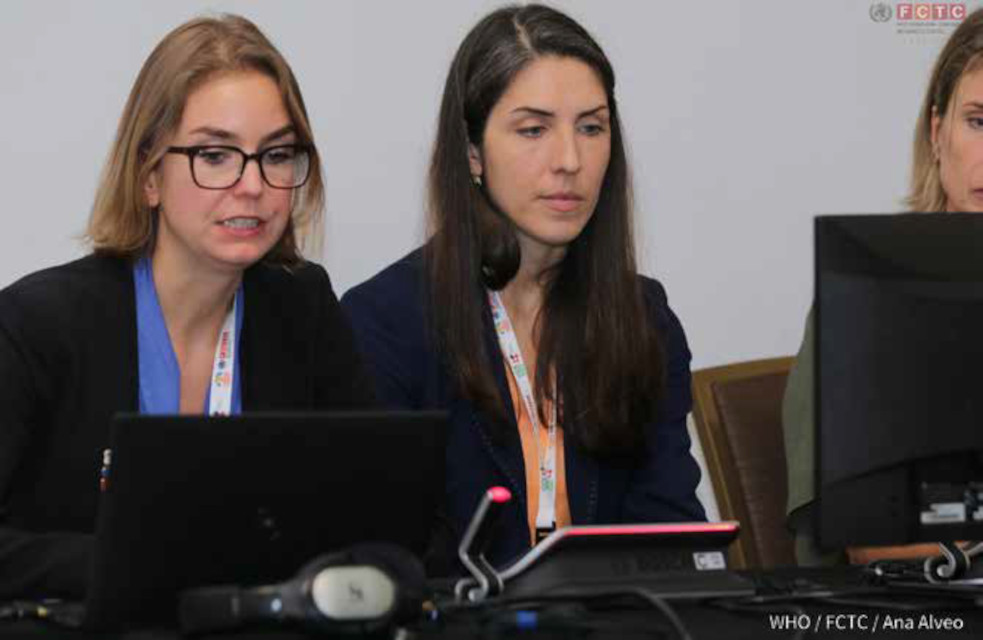
representing 1.69 billion pounds of toxic trash containing plastics. Under specific circumstances – such as sunlight and moisture – cigarette filters break down into smaller plastic pieces, eventually leaching out some of the 7000 chemicals contained in a single cigarette. Many of those chemicals are environmentally toxic.
Focus on Environmental Protection: In its decision FCTC/COP10(14), the COP10 urged Parties to take into account the protection of environment alongside protection of health concerning tobacco products and related electronic devices. Further, it urged Parties to coordinate their efforts to address plastic waste of tobacco products and related electronic devices, and encouraged Parties to consider comprehensive regulatory options regarding filters in cigarettes, other tobacco and related products, and related electronic devices.
“The decision urges Parties to take account of the environmental impacts from the cultivation, manufacture, consumption and waste disposal of tobacco products, and to strengthen the implementation of this article, including through national policies related to tobacco and protection of the environment,” Dr Blanco Marquizo said.
A global coalition of public health organizations, Stop Tobacco Pollution Alliance (STPA), recommended the following to the delegations participating in the negotiations on a global plastics treaty, which are expected to be finalized in November 2024 in Busan, Republic of Korea
- First, the WHO FCTC should be included in the preamble of the Zero Draft alongside other relevant treaties.
- Second, filters in cigarettes and related products should be included in the list of “Problematic and avoidable plastic products, including short-lived and single-use plastic products”.
- Third, the WHO FCTC Article 5.3 should be respected, and the tobacco industry must not be treated as a “stakeholder” or “responsible producer” but should be made to pay for the pollution.
Further, corporate social responsibility activities by tobacco industry inevitably constitute marketing and promotion against WHO FCTC Article 13. The industry should not be allowed to conduct environmental campaigns or other public communications.
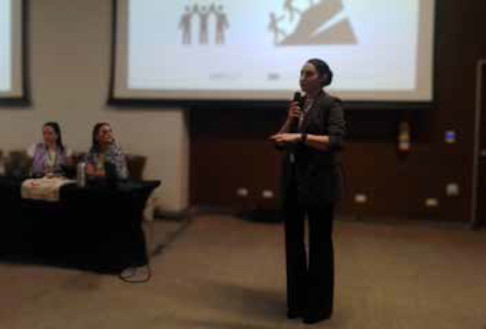

Addressing New and Emerging Tobacco Products
One of the key themes of COP10 was the growing concern surrounding new and emerging nicotine and tobacco products, particularly e-cigarettes. While there was no consensus on concrete regulatory measures, the conference took note of the WHO reports addressing the potential risks associated with these products and the need for further evaluation and action.
The reports prepared by WHO provide comprehensive summaries of available scientific evidence as well as different regulatory options for these products. Of interest are also the supplementary reports on disposable electronic cigarettes and nicotine pouches, available as part of the COP10 documentation.
JATC2 is directly involved in producing an evidence base surrounding creations of aerosol and smoke free environments in Europe. By thoroughly investigating these aspects, research can contribute to a comprehensive understanding of e-cigarettes, allowing for informed decision-making on their use, regulation, and potential impact on public health and the environment.
Findings from WP 7 suggest that e-cigarette use in European countries is increasing. E-cigarettes are often used by people who also smoke conventional cigarettes or use other tobacco or nicotine products. The perception of harm associated with e-cigarettes varies substantially, and a non-negligible portion of the population still considers these products to be harmless. WP7 also found that the inhalable aerosol from e-cigarettes contains substances that were associated with health hazards such as carcinogenicity, mutagenicity, and reproductive toxicity (CMR properties). The hazards associated with these products, highlights the need to better characterize and regulate emissions from these products. In addition, there is a need for improved health literacy and targeted communication about the health risks associated with e-cigarette use.
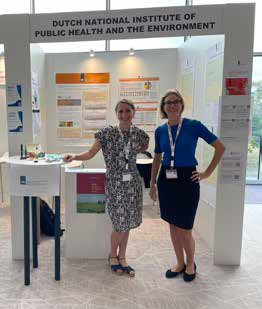
Specific guidelines to address cross-border tobacco advertising, promotion and sponsorship and the depiction of tobacco in entertainment media
Another important decision, FCTC/COP10(23), was taken at COP10 to strengthen guidelines on cross-border tobacco advertising, promotion and sponsorship, and the depiction of tobacco in the
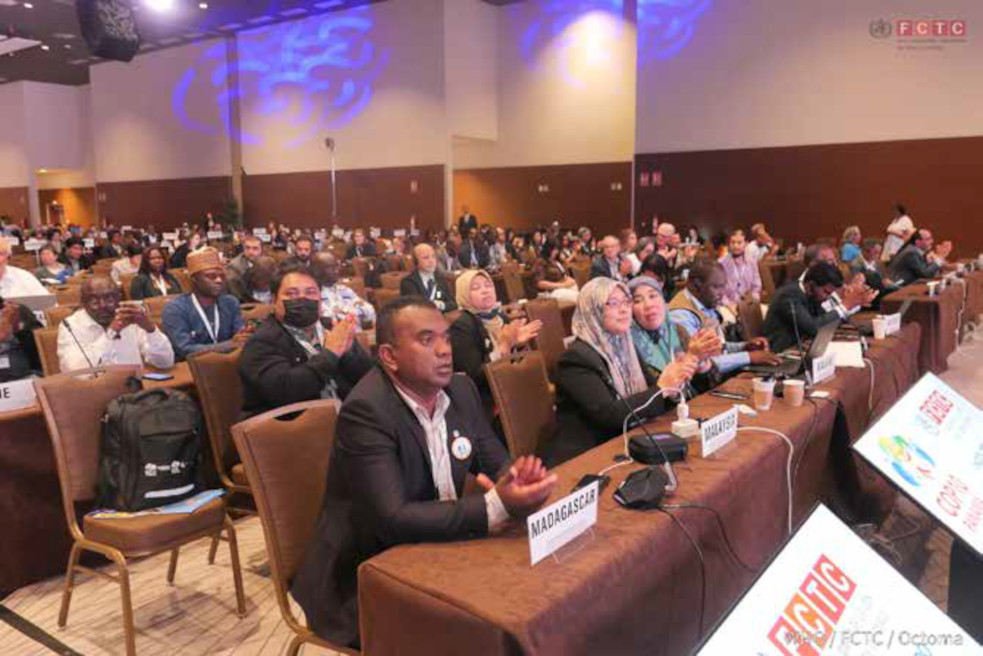
entertainment media. The decision calls on Parties to ensure that domestic implementation and enforcement of Article 13 keep pace with changes to the media landscape and marketing methods. Adopted specific guidelines provide new practical guidance on this.
FCTC and the promotion of human rights
The 10th Conference of the Parties (COP10) to the WHO Framework Convention on Tobacco Control (FCTC), held in Panama City this February, wasn’t just about tobacco control measures. A landmark decision on human rights and tobacco control (FCTC/COP10(20)) was also adopted. This decision recognizes the critical link between tobacco use and the violation of fundamental human rights, such as the right to health, life, and non-discrimination. It encourages countries to integrate human rights principles when implementing tobacco control policies and calls for collaboration between the WHO FCTC and UN human rights bodies. This marks a significant step forward in ensuring that the fight against tobacco use protects and promotes the rights of all individuals, not just their health. This Decision on human rights cements the connection between human rights and tobacco control.
Endgame at COP10
This year’s Conference of the Parties (COP10) to the WHO Framework Convention on Tobacco Control (FCTC) witnessed a landmark moment with the inclusion of Article 2.1 on the formal agenda, at the request of Canada. Often referred to as the “endgame article,” Article 2.1 goes beyond the specific obligations outlined in the FCTC, urging member states to explore and implement additional measures to better protect the health of present and future generations. This concept provides the foundation for the ‘tobacco endgame’ concept, which has gained significant momentum in recent years, with several countries setting specific targets for a very low prevalence of tobacco use within their borders.
Notably, in its decision FCTC/COP10(12), the COP10 decided to establish an expert group to identify
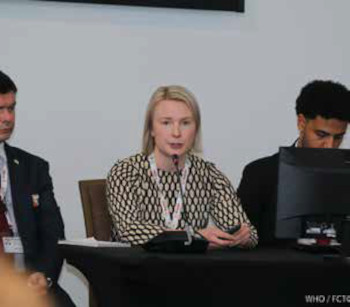
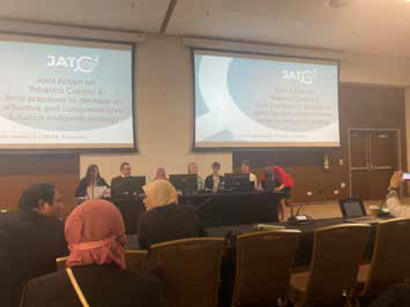
and describe tobacco control measures that are forward-looking and could be contemplated within the scope of Article 2.1, and to prepare a report to COP11.
By focusing on the endgame -with its dedicated WP9, the JATC 2 recognizes the need to move beyond simply reducing tobacco use and strive for its near-elimination. This work package plays a crucial role in driving innovation, supporting collaboration, and ultimately, paving the way for a future free from the devastating consequences of tobacco use in Europe.
At COP10, JATC2 WP9 participated in a side event on forward-looking tobacco control measures organized by Canada. In this event, the WP9 lead, Hanna Ollila, presented their work and shared observations on progress with tobacco endgame strategies and measures in Europe. Further, as part of another side-event organized by the WHO FCTC Knowledge Hubs, Ollila presented the work of the WHO FCTC Knowledge Hub on Surveillance, hosted by the Finnish Institute for Health and Welfare. This knowledge hub also supports the work of WP9 with expertise and assistance for analysing the WHO FCTC implementation data provided by the Parties.
The Panama Declaration
COP10 also adopted the Panama Declaration, FCTC/COP10(11) which draws attention to the fundamental and irreconcilable conflict between the interests of the tobacco industry and the interests of public health. The Declaration also makes clear the need for policy coherence within governments to comply with the requirements of Article 5.3 of the WHO FCTC, which aims to protect public health policies from commercial and other vested interests of the tobacco industry.
Links to interesting COP-10 Documentation/Decisions
FCTC/COP10(11) Panama Declaration
FCTC/COP10(12) Forward-looking tobacco control measures (in relation to Article 2.1 of the WHO FCTC)
FCTC/COP10(14) Implementation of Article 18 of the WHO FCTC
FCTC/COP10(20) Contribution of the WHO FCTC to the promotion and fulfillment of human rights
FCTC/COP10(23) Specific guidelines to address cross-border tobacco advertising, promotion and sponsorship and the depiction of tobacco in entertainment media for implementation of Article 13 (Tobacco advertising, promotion and sponsorship) of the WHO FCTC

